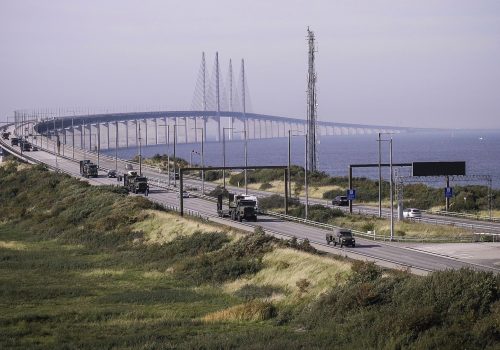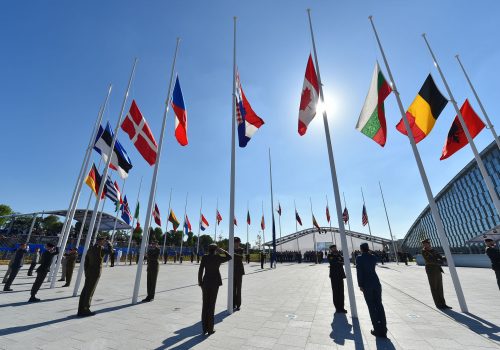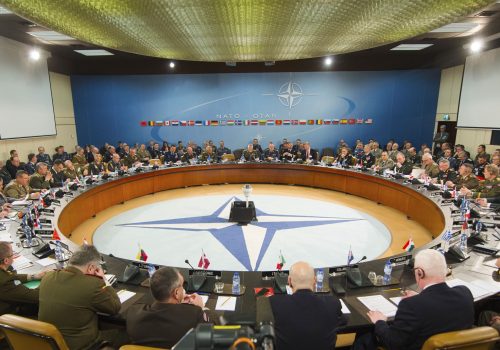How France, Germany, and the UK can build a European pillar of NATO
When German Defence Minister Annegret Kramp Karrenbauer invited her British and French colleagues Ben Wallace and Florence Parly to her Heimat in Saarland on August 20-21, she wanted an intimate and relaxed environment for the launch of the E3 format on defense issues. Saarland, located in the heartland of the European continent and with a history of being both German and French, provided a symbolic setting for an initiative aimed at strengthening European security in times of turbulence and transformation.
The E3 grouping of Germany, France, and the United Kingdom (UK) has since 2003 mostly focused on nuclear negotiations with Iran. However, with the UK now outside of the EU, the need to find new ways of handling European security has become urgent; a need further spurred by the transatlantic drift, which has accelerated under the Trump administration.
France and Germany have responded differently to these challenges. While France has emphasized greater European autonomy and independence, Germany has called for a stronger European pillar in NATO, underlining a preserved transatlantic link, while so far avoiding an outline of what such a pillar should consist of. At the same time, there is more common ground on the issue than first meets the eye. Despite calling NATO “brain dead,” French President Emmanuel Macron has also recently supported the notion of “European defence as a pillar in NATO,” and the UK has been a proponent of such a pillar from the 1960s onwards. Accordingly, expanding and developing the role of the E3 in defense, with a focus to create a stronger European pillar in NATO, could serve as a fruitful test ground to shape more decisive and agile security cooperation for the future.
Neither the E3 nor a European pillar in NATO are set formats. This commentary therefore first captures the main characteristics of each, including both a political and a military dimension of the pillar, before providing suggestions on how to proceed with combining the two.
The importance of E3 cooperation
It should not be ignored that there is skepticism and uneasiness among the other European states, and across the Atlantic, regarding the E3 format. Middle-sized and smaller nations are afraid to lose influence and to face fait accompli in the institutions, as the great powers de facto could make decisions above their heads. On the other hand, the middle-sized and smaller nations also must consider that the institutions, such as NATO and the EU, upon which they depend for influence on international matters, are gradually weakened if decision-making fails. The debate on the need for qualified majority voting on foreign policy in the EU reflects the difficulties which prevail.
The United States, during the Trump administration, has preferred solid ties to the UK and has been skeptical towards the EU and stronger alignment between the UK, France, and Germany in a broader sense. As President-Elect Joe Biden has announced his intention to rejoin the Iran nuclear deal, however, there could be a shift in enthusiasm for the E3 format in a new administration. But the prospect of an EU caucus in NATO is not likely to be well received by any US administration, nor by the Canadians. The role of the UK, both in the E3 and in a European pillar in NATO, is therefore key.
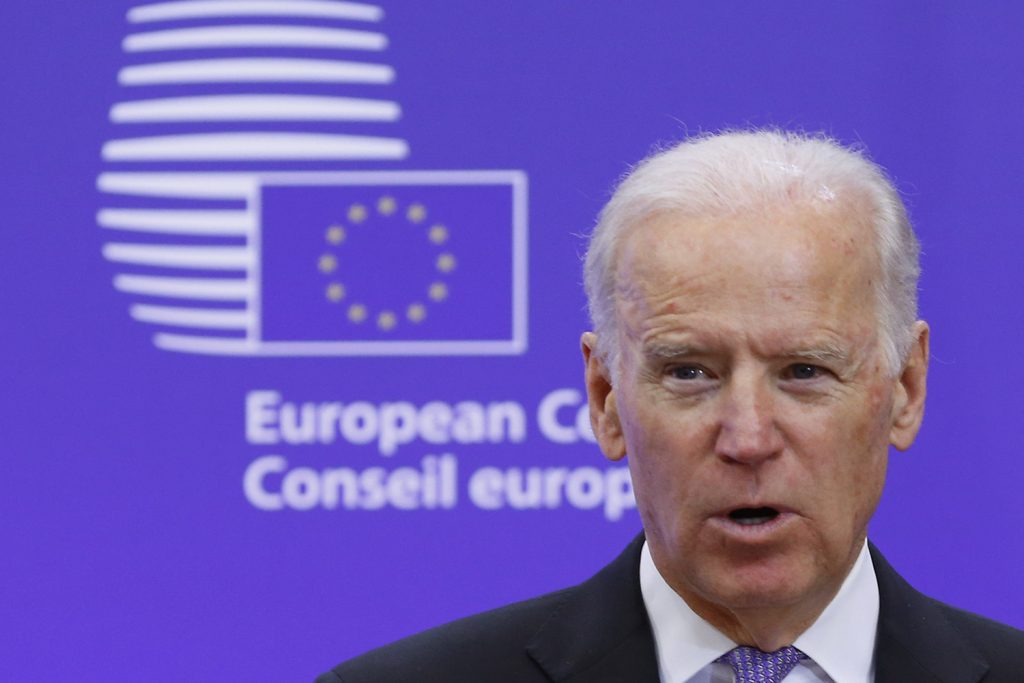
There could be a shift in enthusiasm for the E3 format in a new [Biden] administration.
Overall, it is essential that the E3 functions as a vehicle to solve divergences among these large European states, and to shape common positions before they reach official decision-making forums. In the past, the E3 has worked at its best when it has been issue-oriented, as in the Iran nuclear negotiations, where it also had an established link to the EU through the participation of the High Representative. Another recipe for success is that there is broad alignment within the E3 on the strategic objectives for the initiatives taken.
An informal but regular format of the E3 would best meet those requirements. Meetings could also include formats such as E3+ the NATO secretary general, E3+ the EU High Representative, and E3+ the United States, as appropriate. In addition, there should be flexibility to add on other states depending on the topic discussed. There are linkages in this regard to the idea of a “European Security Council” put forward by Germany and France, to improve the EU’s ability to become a forceful security and foreign policy player and to keep the UK involved in European security policy. Both the E3 and a potential European Security Council must strengthen, not undermine, European cohesion.
The idea of a European pillar in NATO
The notion of a European pillar in NATO is an old idea, whose time finally has come. It goes back to the early 1960s, when the concept was initiated by the Kennedy administration, and later picked up by the UK and its Defense Secretary Denis Healey, who started a series of ‘Eurodinners’ among NATO defense ministers in 1968. The aim was to produce common European views on NATO matters. In between the dinners, the permanent representatives regularly handled matters at ‘Euroteas.’ In 1970, a ‘Eurogroup’ was established at the ministerial and staff level, which in 1976 was turned into the Independent European Programme Group, mainly focusing on armaments. Once again, in 1985, the UK argued for the legitimacy of separate European discussions in order to come forward with a more coherent contribution to NATO.
Since then, the EU has decided to move into the sphere of defense, by establishing the Common Security and Defence Policy (CSDP); the so called Berlin-plus arrangements with NATO, which enables the EU to lean on assets and capabilities from NATO in order to lead international missions; and lately, by various initiatives to increase coordination on research, planning, training, and procurement, as well as enhanced niche capabilities. The EU and NATO have also implemented a range of practical cooperation at unpreceded levels of ambition, mainly in the fields of resilience and hybrid warfare.
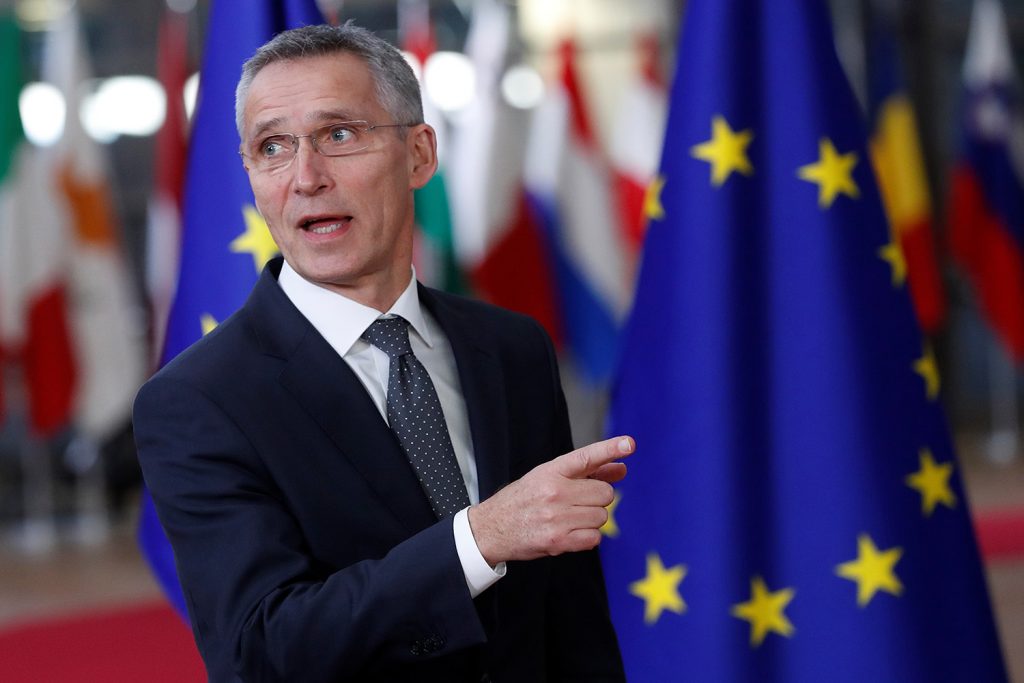
The notion of a European pillar in NATO is an old idea, whose time finally has come.
Despite increased ambitions, spurred by a sincere realization that Europe needs to do more for its own security, the way forward is still up for discussion and at closer scrutiny wrapped in obscurity. While Europe seems to be deliberately vague, the United States easily gets grouchy when the subject appears. When Lord Robertson was secretary general of NATO, he claimed in an interview in the Washington Post that the United States “suffers from a sort of schizophrenia” as “on one hand, the Americans say ‘You Europeans have got to carry more of the burden’ and when the Europeans say ‘OK, we will carry more of the burden,’ the Americans say, ‘Well, wait a minute, are you trying to tell us to go home?” Zbigniew Brzezinski argued in his 1998 book The Grand Chessboard that in order to maintain its prominent position, the United States needed to share more leadership with Europe.
Brzezinski pledged that the European influence in NATO should increase, so that in twenty years’ time, the EU and NATO would be more of equal partners, even if this, as he carefully emphasized, would imply some American sacrifices.
A political dimension
To move forward, a new form of leadership is needed. The never-ending—and increasingly fierce—debate on greater burden sharing on defense must be matched with a discussion on decision sharing in the political sphere. Hence, a European pillar in NATO must address both the political and the military dimensions.
Politically, the United States should lead more in partnership with the Europeans. This in turn requires that the Europeans can provide common positions, backed by operational strength when needed. The ongoing work in the EU with the Strategic Compass, aiming towards a common threat perception and operational priorities accordingly, could work as a valuable contribution and complement to NATO proceedings in this regard. The EU global strategy from 2016 provided a foundation but has its limits, since it is only applicable outside of its borders, and the world is rapidly transforming.
The political leadership must ultimately build on the conviction of a joint destiny for Europe, and a realization that wars must not only be fought, but won. The United States tends to view European defense efforts as being too vague and under-financed to signal a sincere commitment of responsibility. Like-mindedness must increase also among European states: what is often referred to as a “strategic culture” and decision-making procedures must also prepare for dealing with worst-case scenarios. Furthermore, there is a need to ensure public support for such measures and acceptance of what increased burden sharing and decision sharing would bring in terms of costs and engagement.
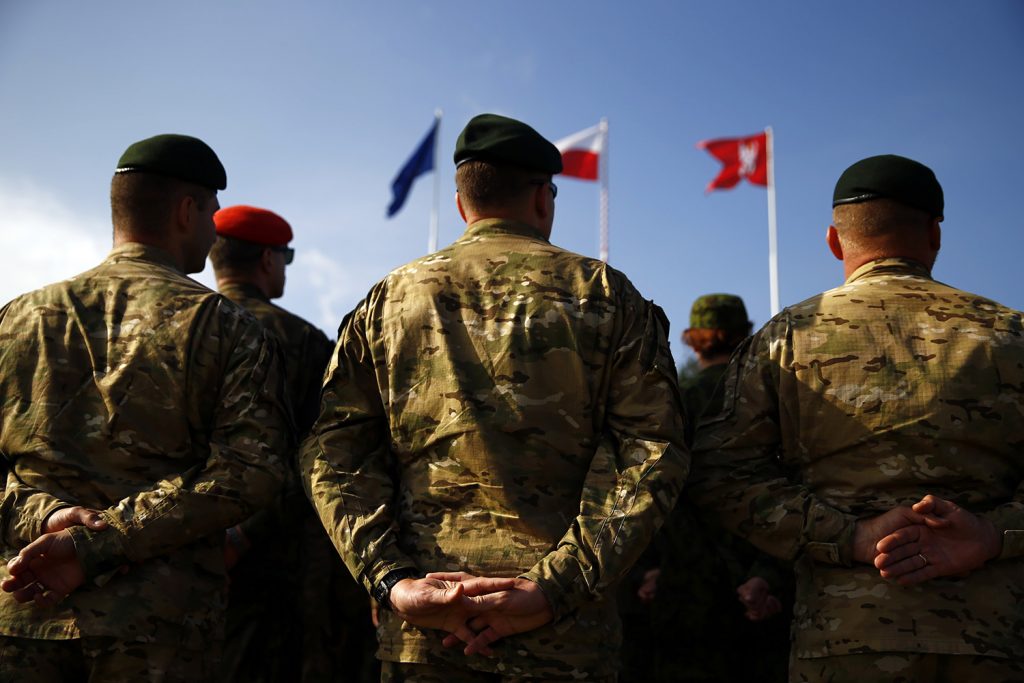
The political leadership must ultimately build on the conviction of a joint destiny for Europe, and a realization that wars must not only be fought, but won.
The members of the E3 are particularly important for a partnership between Europe and the United States to move forward. The UK and France have special roles to play as nuclear powers with expeditionary capabilities. With 20 percent of Europe’s military resources, the UK, despite having left the EU, is part of the European core. Germany, with the world´s fourth largest economy and an experienced unifier in the EU, must urgently shift its mindset and budget to assume the responsibility it has as a leading European state. France and Germany are essential as leading EU security powers, and to guarantee the congruence between NATO and the EU.
A military dimension
A European pillar in NATO would address the need for Europeans to assume more responsibility for its own security and being able to act independently, if necessary. A key theme would be to knit more strongly the evolving EU processes of deepened defense cooperation to the existing NATO frameworks. In such a setting, various initiatives such as Permanent Structured Cooperation (PESCO), the European Defence Fund (EDF) and the Coordinated Annual Review on Defence (CARD), should be used to support the development of those capabilities that are essential to the entire mission spectrum—crisis response and high-end defense alike—and that are identified as gaps in the NATO Defence Planning Process, including both technologically advanced capabilities, such as missile defense and long-range precision weapons, as well as taking a fair share of high-readiness formations.
Getting back to pooling and sharing and smart defense concepts could also be included, since that is interesting for many smaller allies and partners.
Within a decade, the strategic setting might shift to the extent that the United States will not act first on the European scene, as has previously been taken for granted. The gap between current resources and the capabilities that would allow European allies to at least prevail in a limited regional war against a peer adversary are estimated to be somewhere between $288 billion and $357 billion, according to a study by the International Institute for Strategic Studies.
Capability gaps include airlift, air-to-air-refueling, intelligence/surveillance/reconnaissance (ISR), cruise missiles, enhanced logistics, mobility, cybersecurity, and ground combat capabilities. The gaps also imply that Europe must develop more deployable capabilities so that the levels of readiness and reinforcement increase, as well as create larger, heavier formations. Plans must be in place across all domains, including cyber. All of this requires increased defense investments, that are smarter for the greater good, and a new approach to capability development and operational planning.
Conclusion
By taking on an issue-oriented, inclusive, and informal role, the E3 could lead on developing a European pillar in NATO. This could be done by launching a concrete initiative that would serve to shape and articulate European positions along both political and military dimensions, and to influence the United States through common positions, while bridging different strategic cultures. The E3 should allow for other states, and for institutions, to join the discussion at an early stage and maintain an inclusive approach throughout the process.
The strategic targets would be to find organizational settings and procedures to ensure both a preserved transatlantic link and US engagement in Europe, as well as stronger European leadership and responsibility for its own security.
Anna Wieslander is the Atlantic Council’s director for Northern Europe and secretary general of the Swedish Defence Association. Follow her on Twitter @AnnwieAnna.
Further reading:
Image: German Defence Minister Annegret Kramp-Karrenbauer is seen with her counterparts Ben Wallace, from the United Kingdom and Florence Parly, from France after joint news conference, following a meeting in Dillingen, in the Saarland region, Germany August 21, 2020. REUTERS/Kai Pfaffenbach
